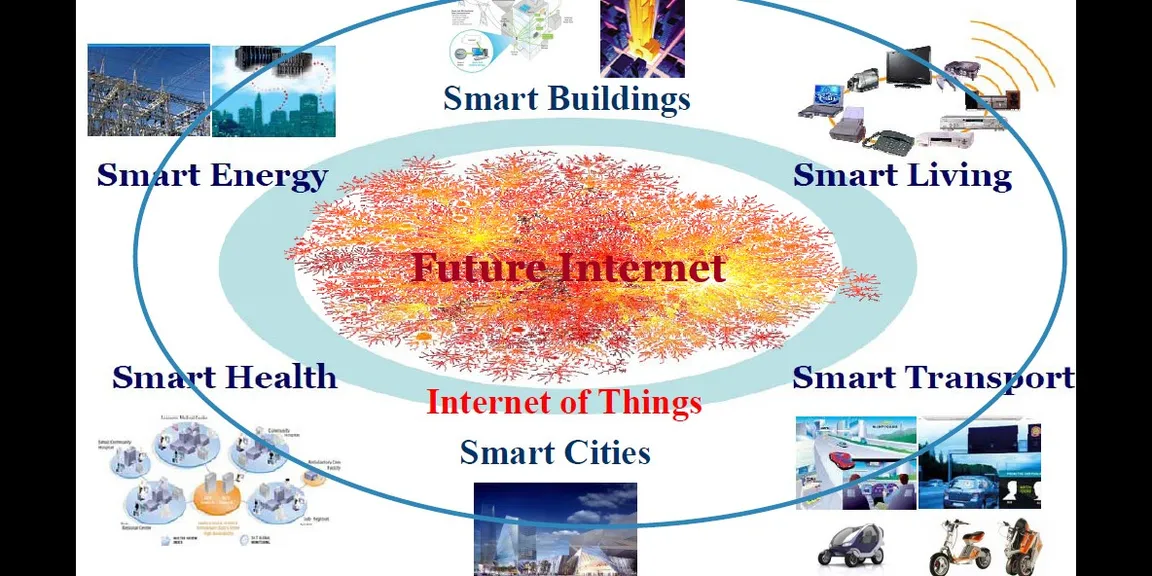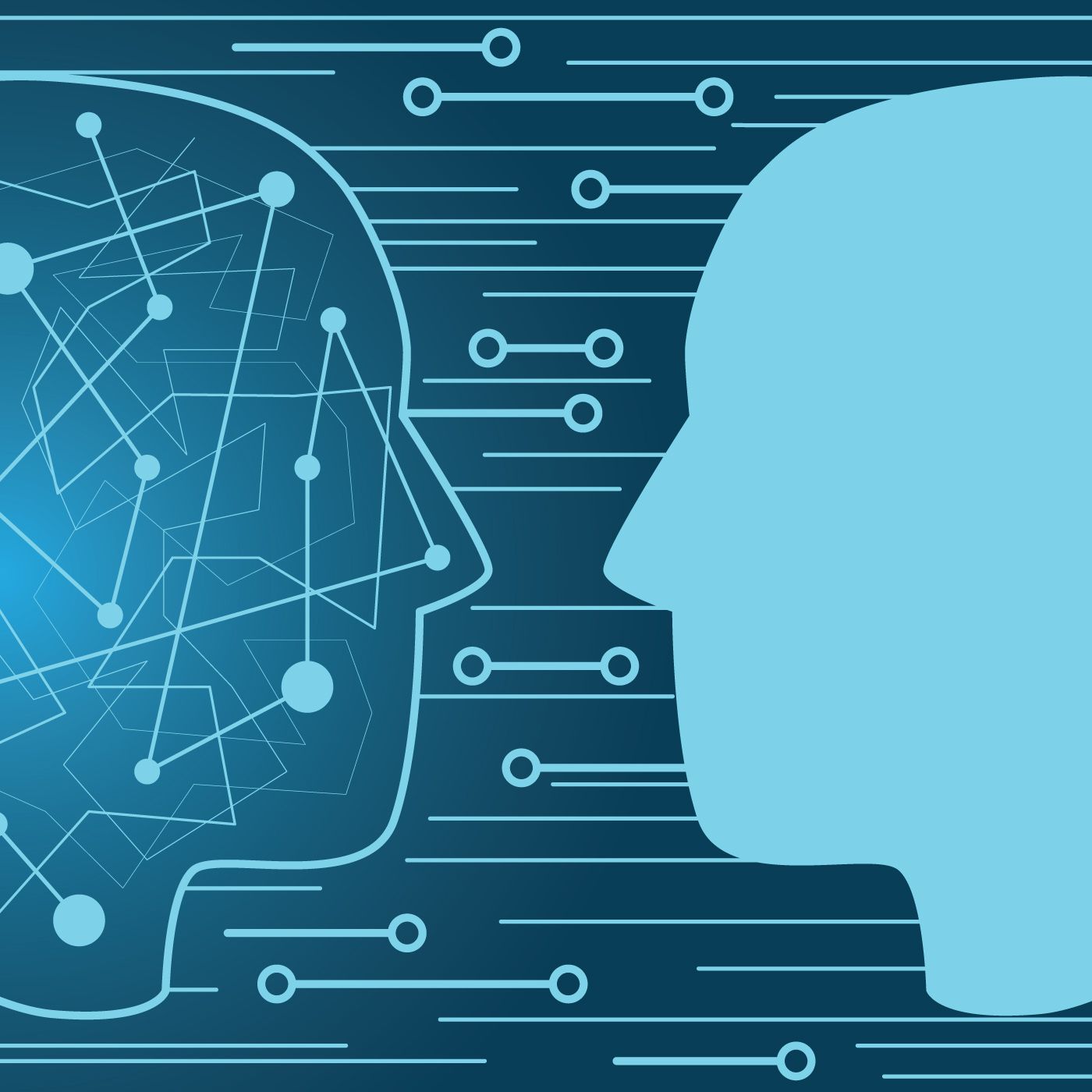

Internet of Things (IoT) Vs Cloud Computing
The difference between IoT and Cloud Computing.
What is IoT? Many people have a different perception of the Internet of Things (IoT) and Cloud computing. Some people think that anyone does something similar to blinking an LED using Raspberry Pi is IoT. So that's not the IoT, here we just thought of sharing some important differences on these two technologies IoT and Cloud computing.
Internet of Things (IoT)
IoT refers to connecting specific devices to the Internet. But not the regular devices like computers, laptops, and smartphones. If we connect some devices to resolve any specific issue that comes under the Internet of Things. For example connecting cars, bikes, transportation devices, home appliances, kitchen appliances, medical equipment, and industrial devices connecting to the internet using IoT.
Cloud Computing
In Cloud computing cloud is nothing but a remote storage location. Cloud computing refers to storing and retrieving any type of data over the internet from data centers. The data can be of any type like application data, videos, photos, documents, audio and more.
Cloud computing can be six different types, they are:
1) Software as a service (Saas)
2) Platform as a service (PaaS)
3) Infrastructure as a service (IaaS)
4) Public Cloud
5) Private Cloud
6) Hybrid Cloud
Software as a service (SaaS)
In Software as a service (SaaS) applications, the software applications stored in the cloud and whenever a user wants to use SaaS applications, they can access it from a web browser.
SaaS Examples: Salesforce, Google Apps, Workday, Citrix GoToMeeting, and Cisco WebEx.
Platform as a service (PaaS)
Here, in this Platform as a service (Paas) applications, the cloud companies provide everything (software, operating system, databases, etc) to build cloud applications. PaaS applications eliminate the need for buying various software, hardware, hosting.
PaaS Examples: AWS Elastic Beanstalk, Microsoft Windows Azure, Force.com, Heroku and Google App Engine.
Infrastructure as a service (IaaS)
Infrastructure as a service (IaaS) services provides organizations all the infrastructure they need to build cloud applications. In IaaS companies will get services like servers, storage, and data centers to store their applications.
Iaas Examples: Amazon Web Services (AWS), Google Compute Engine (GCE), Microsoft Azure, DigitalOcean.
Public Cloud
Public Cloud is nothing but a cloud storage owned by some companies and they provide limited access to users using a public network.
Public Cloud Example: Amazon Web Services (AWS), and Microsoft Azure etc.
Private Cloud
Private cloud is also similar to a public cloud, but here cloud storage is accessible to only one user or one organization. In Private cloud, cloud storage is secured and owned by the single company, they have more control over the storage.
Hybrid Cloud
Hybrid cloud works on the private cloud concept and provides the public cloud access. In this type of cloud, organizations connect to private cloud to manage their applications and provide services on the public cloud. Hybrid cloud gives more flexibility to the organizations.
Role of Cloud in IoT
Cloud computing provides necessary tools and services to create IoT applications. Cloud helps in achieving efficiency, accuracy, speed in implementing IoT applications. Cloud helps IoT application development but IoT is not a cloud computing.
For example, in a situation where a huge number of IoT devices connected to a network and would generate huge bytes of data, and organizations need a proper system to store and retrieve that data.
Many cloud service providers have identified this need and started giving IoT specific services to companies to create better IoT solutions. Big companies like Microsoft, Amazon, IBM, and SAP has implemented IoT related components into their cloud platforms. Microsoft has Azure IoT, Amazon AWS IoT, SAP Hana, and IBM Cloud etc. This extends the functionality of build IoT applications in the cloud.
Conclusion:
Final thought is IoT is not all about the cloud computing, but they both are interrelated in a modern world. Just doing applications with RaspeberryPi, Arduino and other tools may not be an IoT unless there is a specific IoT use case to solve a specific problem.






